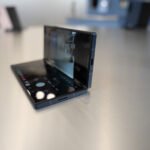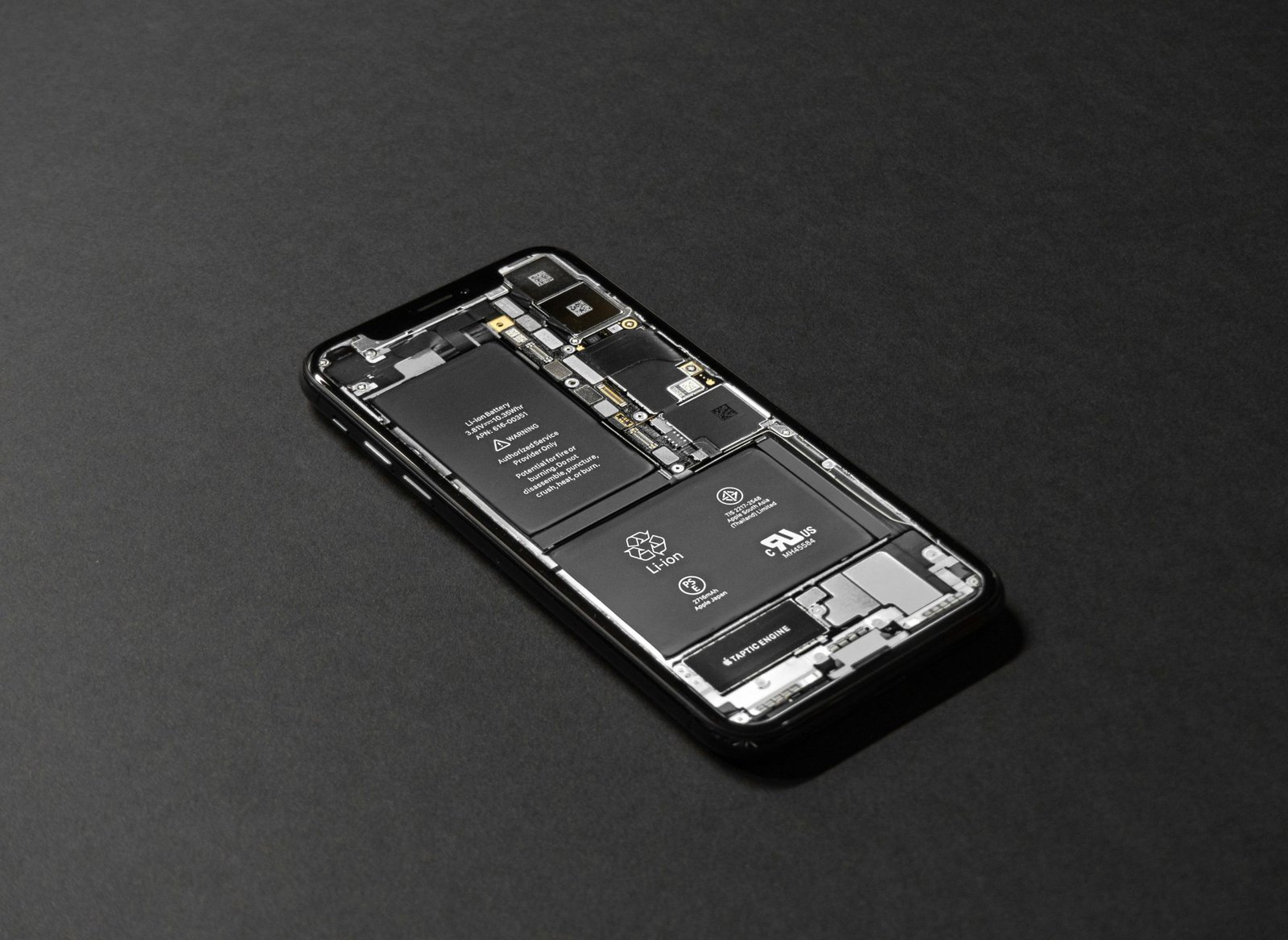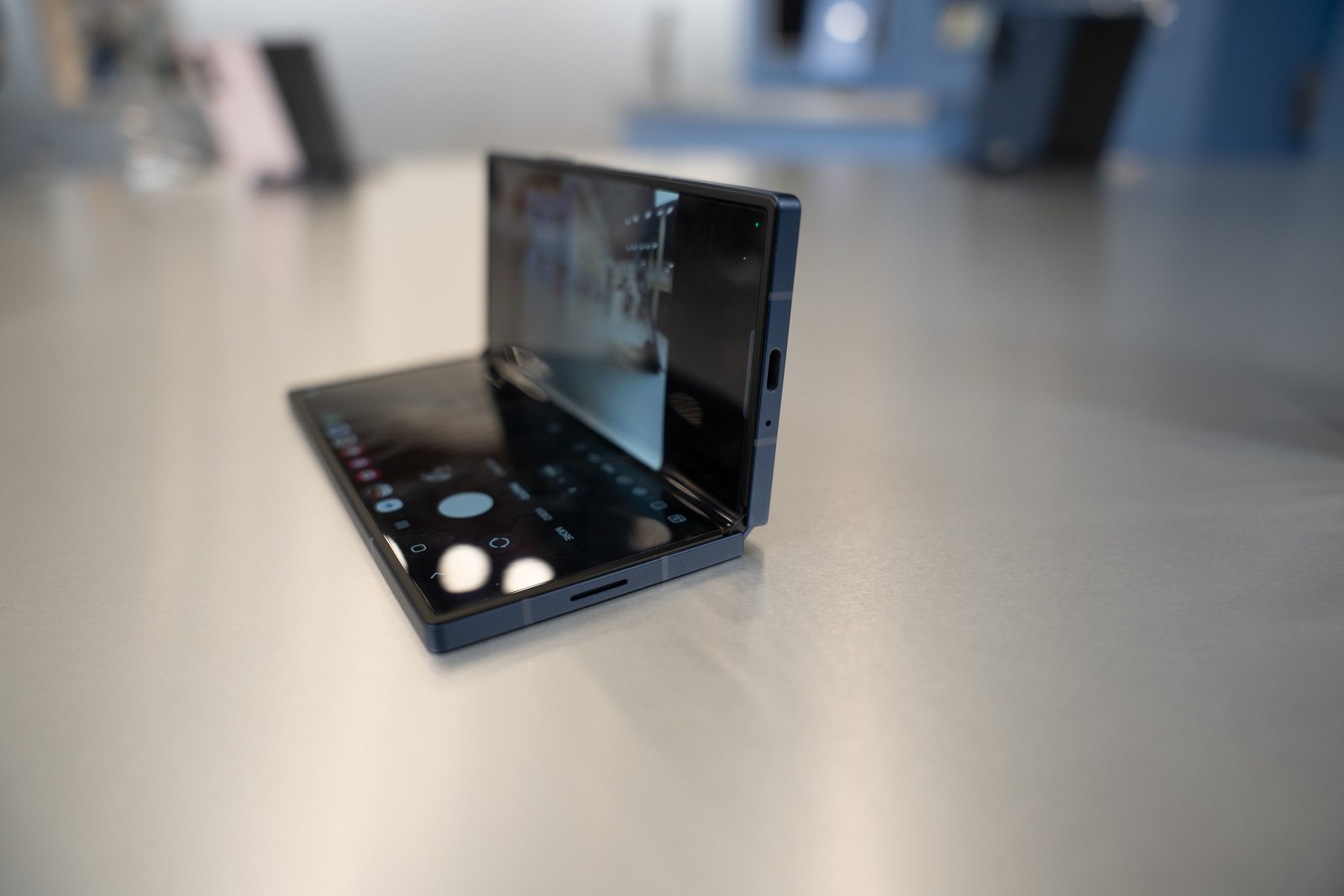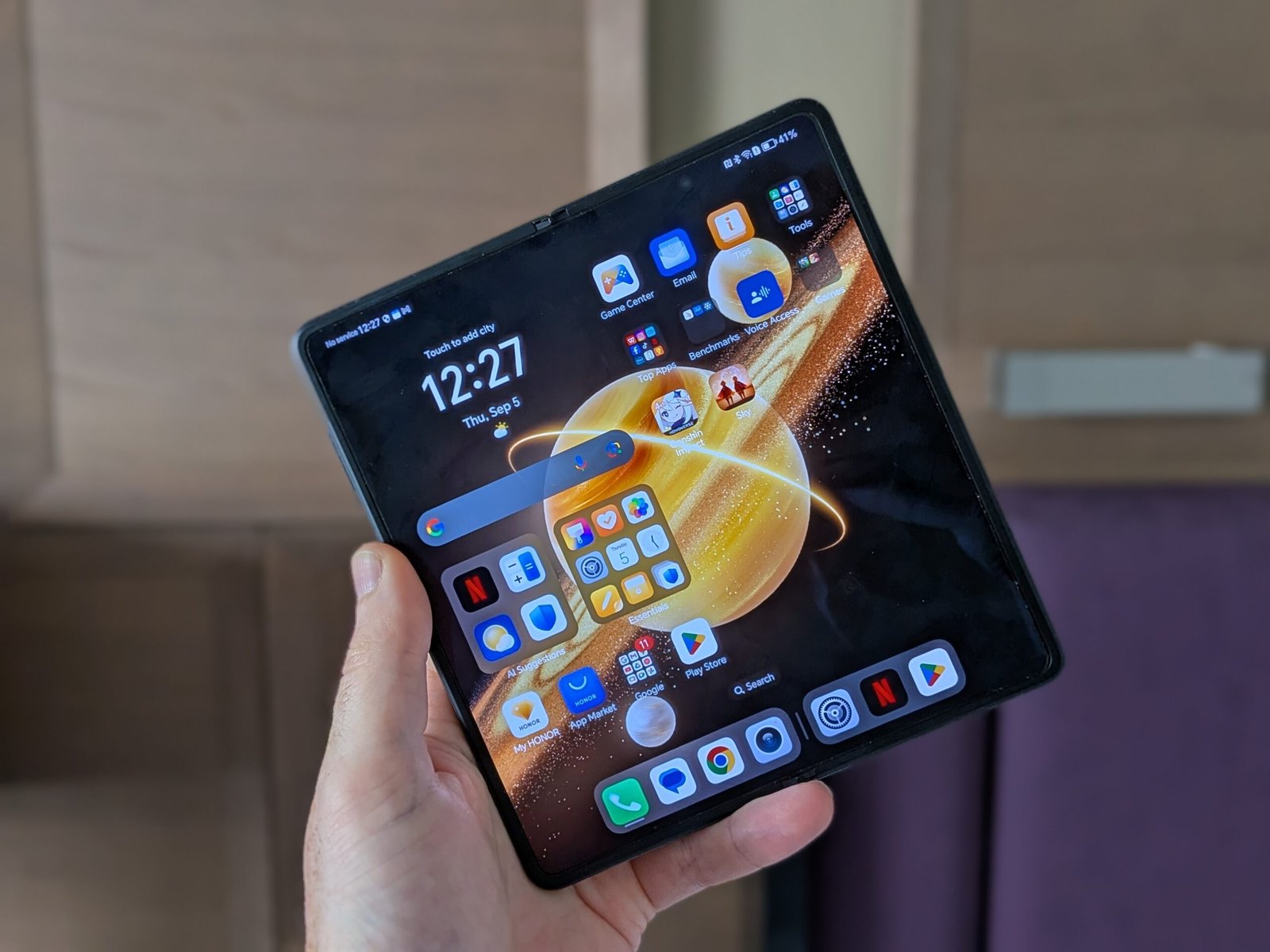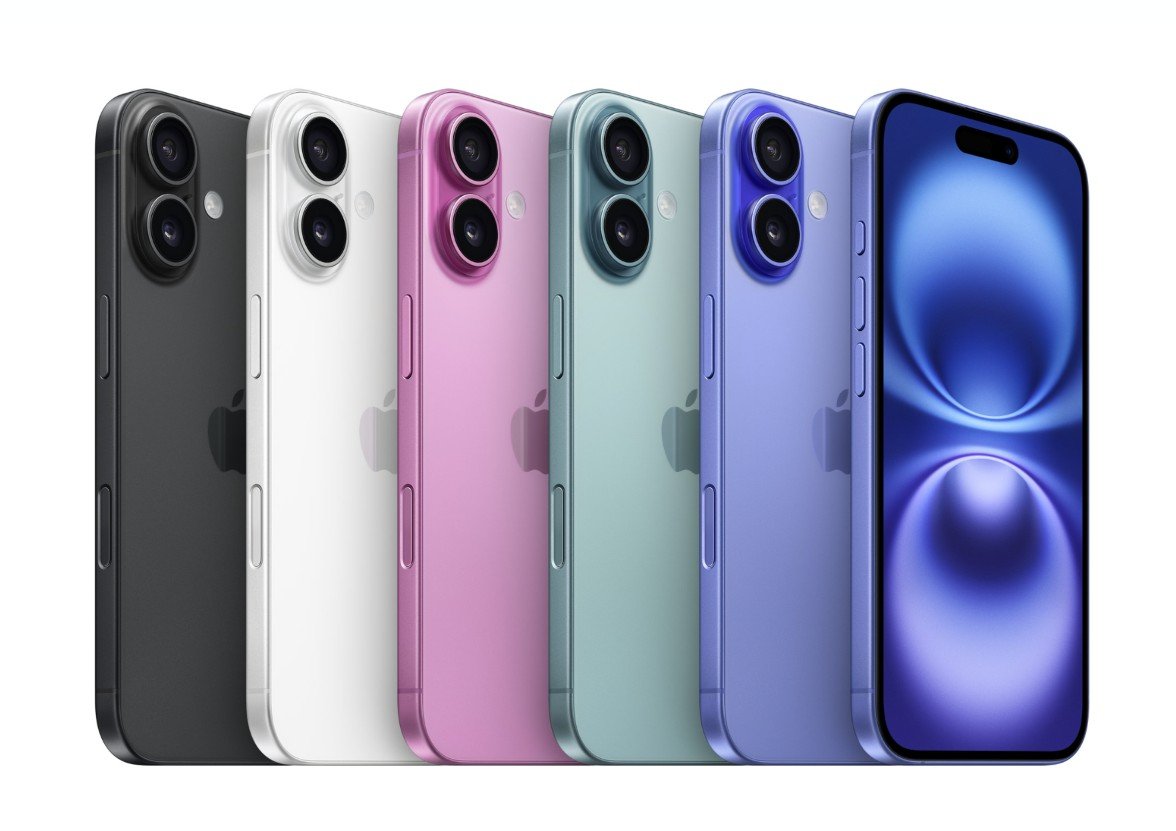First responders work in extreme environments where standard smartphones fail to withstand tough conditions. They rely on technology to coordinate rescues, navigate dangerous areas, and access critical information quickly.
Rugged smartphones provide durability, connectivity, and specialized tools designed for high-risk situations. These devices resist water, dust, drops, and extreme temperatures, ensuring reliability during emergencies.
Advanced features help emergency personnel communicate, monitor conditions, and improve response times effectively. Firefighters, paramedics, and police officers need equipment that functions in the harshest environments. Rugged smartphones have become essential for safety, efficiency, and mission success.
Built for Extreme Conditions
First responders face environments where heat, cold, water, and impact can destroy standard mobile devices. Rugged smartphones feature reinforced frames, shatterproof screens, and water-resistant casings for maximum durability.
MIL-STD-810G certification ensures resistance to extreme temperatures, vibrations, and accidental drops. IP68-rated models withstand submersion in water and exposure to dust without losing functionality.
NBC News notes that most new smartphones feature an IP68 rating, ensuring dust protection and water resistance.
Manufacturers design devices to handle submersion for 30 minutes, but water resistance levels vary between models significantly. Always review official product specifications because identical IP ratings do not guarantee the same waterproof capabilities everywhere.
Gloves and wet hands do not interfere with touchscreen usability on rugged smartphones. First responders need devices that function in wildfires, hurricanes, and other extreme conditions.
Addressing Chemical Exposure Risks
First responders frequently face hazardous environments where toxic chemical exposure threatens their health and safety. Rugged smartphones play a crucial role in protecting emergency teams by offering essential features, including:
- Real-time air quality monitoring to detect harmful substances and ensure a safer response environment.
- Specialized apps for logging exposure data, aiding future medical evaluations, and workplace safety improvements.
Identifying and managing hazardous exposure risks is crucial for protecting emergency personnel’s long-term well-being. A significant concern involves per- and polyfluoroalkyl substances (PFAS) used in aqueous film-forming foam (AFFF) for firefighting.
NFSA states that AFFF, introduced in the 1960s, was developed by the U.S. Naval Research Laboratory for firefighting efficiency. During the 1970s, its use expanded to military bases, airports, and fire departments. Today, the U.S. military accounts for 75% of firefighting foam usage, with fire departments comprising the rest.
According to TruLaw, AFFF lawsuits are increasing as firefighters and affected communities seek compensation for health problems linked to exposure. Legal claims argue that manufacturers concealed PFAS dangers and failed to provide adequate safety warnings. Many lawsuits demand financial compensation for firefighters suffering from long-term illnesses caused by AFFF exposure.
Plaintiffs are closely following every AFFF lawsuit update as legal battles continue nationwide.
Reliable Communication in Crisis Situations
Disasters cause network congestion, making traditional communication methods unreliable during emergencies. Rugged smartphones support push-to-talk features, allowing instant communication between first responders.
Satellite connectivity ensures that signals remain strong even in remote locations without cell towers. Private LTE networks provide secure communication channels for emergency teams coordinating critical rescue operations.
As per Allied Market Research, the private LTE network market was valued at around $8.4 billion in 2023. Experts project it will grow to $64.3 billion by 2033, reflecting rapid industry expansion. Businesses adopt private networks for enhanced security, faster speeds, and improved control over communications.
Clear and reliable communication prevents delays and improves overall emergency response efficiency. First responders need devices that function when conventional networks become overwhelmed.
Future-Proofing Emergency Response Technology
Technology continues advancing, providing first responders with better tools for managing crises. AI-powered assistants help responders access information, complete tasks, and communicate efficiently.
DHS mentions that AI and ML help first responders process information faster, improving decision-making and emergency response. Experts have developed AI-driven tools to enhance situational awareness through advanced sensors and data analysis. AI-powered technologies have supported wildfire tracking, rescued victims of exploitation, and significantly increased fentanyl-related arrests.
Furthermore, augmented reality overlays important information onto screens, assisting with navigation and decision-making. Future rugged smartphones will integrate biometric authentication for enhanced security and privacy protection. Emergency response technology must evolve to meet new challenges and threats.
FAQs
Do rugged smartphones have enhanced impact resistance for vehicle crashes?
Emergency responders often experience high-impact collisions in vehicles during rapid deployments. Rugged smartphones feature reinforced casings and shockproof components to withstand sudden force. These devices remain operational even after being thrown from vehicles or dropped during high-speed movements.
How do rugged smartphones function in decontamination zones?
Decontamination zones require devices that can withstand chemical washes and sterilization processes. Rugged smartphones feature non-porous surfaces and specialized coatings to resist damage from disinfectants. Some models also include antimicrobial treatments to prevent contamination spread in biohazard zones.
How can rugged smartphones enhance search-and-rescue missions using AI?
AI-powered image recognition helps rugged smartphones identify missing persons in vast, difficult terrains. These devices analyze drone footage and satellite images, reducing search time significantly. AI-driven mapping tools also highlight high-probability locations based on environmental conditions and survivor behavior.
Rugged smartphones are more than just durable; they’re transforming how first responders handle emergencies. These devices integrate AI and private networks, providing real-time insights and enhanced communication during crises. Advanced technology shifts emergency response from reactive decisions to proactive, data-driven strategies that improve safety.
With seamless connectivity, responders access vital information faster, reducing risks and improving coordination. AI-powered features help predict hazards, ensuring quicker, more effective disaster management. Rugged smartphones also support long-term responder health by minimizing exposure to dangerous conditions.

